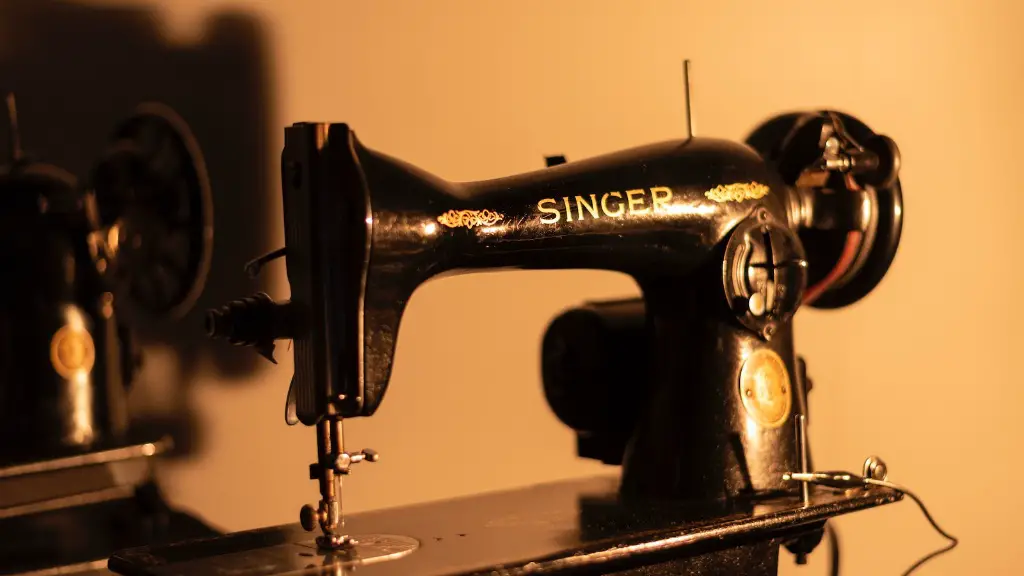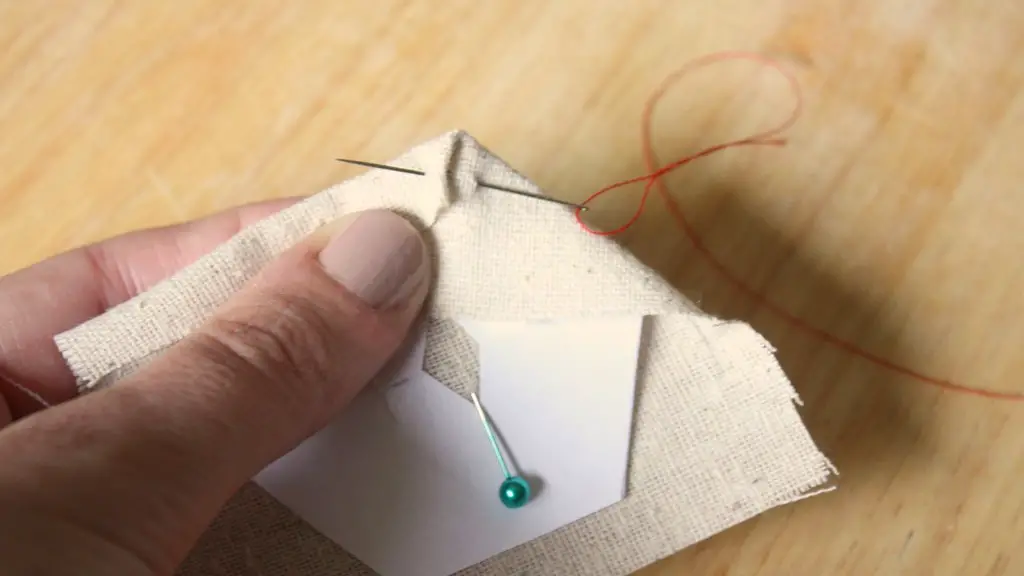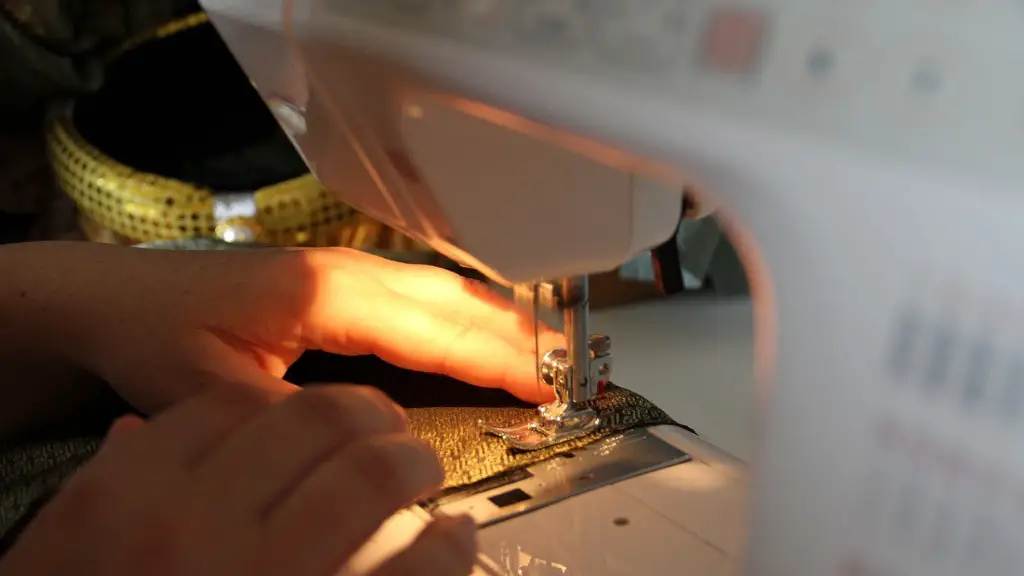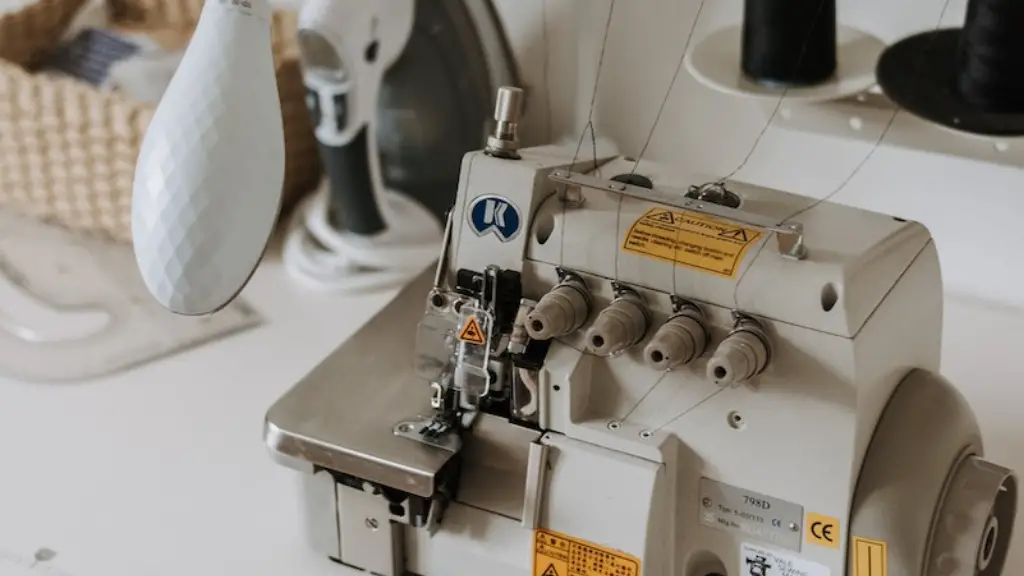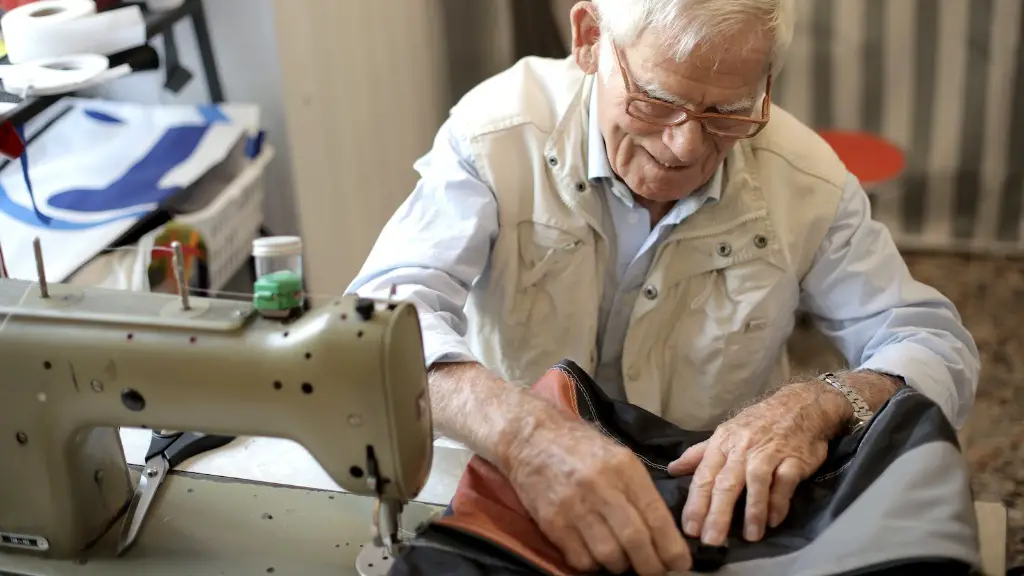Background Information of the First Sewing Machine
In the mid-19th century, the first-ever patent for a sewing machine was issued in the United States to Elias Howe. This machine was designed to stitch loops of thread through fabric, which is the basis of chain stitching. Howe later patented the lockstitch sewing machine, which sewed with two threads, creating a more secure stitch. This machine was the first of its kind and laid the foundation for modern sewing machines. Due to its unique design, it allowed for a much more efficient and faster way of sewing than ever before.
Prior to the invention of the sewing machine, sewing had been a long and laborious process, one that required patience and skill. The main tool for sewers was the needle and thread, which were often worked manually by the seamstress. This posed several challenges, including the lack of efficiency in producing large amounts of work and the difficulty in getting an even stitch and pattern.
The Difference Between Chain Stitching and Lockstitching
The form of stitching used by Howe’s machine was called chain stitching and worked by creating a loop of thread that was passed through the cloth. This allowed for a faster sewing process as the machine had to cycle the cloth and thread only once. However, this type of stitching had a key disadvantage: the stitches could easily come undone when pulled at or tugged. Therefore, the lack of durability of the stitch meant that it was not suitable for specialty and heavier fabrics.
A lockstitch sewing machine was then created, which solved the problem of durability. This machine worked by locking two threads – one from the upper thread and one from the lower thread – forming a more secure stitch. This type of stitch was considered far more durable and is the basis for modern stitching used today.
How the Sewing Machine Changed the World
The invention of the sewing machine helped to revolutionize the clothing industry and ushered in an age of mass production. It enabled clothing to be produced much faster and with much less labor, enabling clothes to be made much more cheaply and widely available. This made fashion more accessible to people from all walks of life.
Furthermore, the invention of the sewing machine had a direct impact on the economy. The new methods of production were much more efficient and allowed for greater production at lower costs. This led to the growth of the clothing industry and the creation of new jobs. The pace of industrial progress was also accelerated with the invention of the sewing machine, leading to the growth of many other industries.
The Impact of the Sewing Machine on Women’s Rights
The invention of the sewing machine was also a major milestone in the advancement of women’s rights. Before the existence of the sewing machine, women were typically the ones responsible for sewing and other forms of domestic labor. This created a gender divide between men and women, as these domestic labor tasks were often seen as less valuable than those done by men. The invention of the sewing machine helped to bridged this gender gap and allowed women to be more independent. In addition, they had more time to pursue other interests and activities such as education and sports.
Furthermore, with the development of mass production, the sewing machine allowed women to have access to a much wider range of fashion options. This had a profound impact on how women were viewed in society and helped to increase their confidence and self-esteem.
Perspectives from Experts
Experts agree that the sewing machine had a tremendous impact on society. According to Sandra Barron, a professor at the University of South Australia, “The invention of the sewing machine not only opened up the clothing industry to mass production, but it also changed the way women related to each other and their view of themselves.”
Hannah Bedford, a professor of gender studies at the London School of Economics, argues that the sewing machine was a milestone in women’s rights. “While the sewing machine did bring economic opportunities to women, it also had a much more significant impact,” she said. “It allowed them to gain more autonomy and gave them the freedom to pursue their own dreams, which was not always possible before the invention of the sewing machine.”
Analysis and Insights
The sewing machine had a vast impact on society and the way it works. Its invention allowed for the creation of new jobs, improved the efficiency of clothing production, and created a greater level of autonomy for women. The invention of the sewing machine drastically changed how people interact with clothing and how it is produced and consumed.
Furthermore, the sewing machine was a major milestone in the advancement of women’s rights. It allowed women to be more independent and gave them the freedom to pursue their own goals. This had a positive effect on society and its view of women, leading to more respect for their rights and autonomy.
Impact on Different Industries
The invention of the sewing machine has had a major impact on different industries. In the apparel industry, it allowed for mass production and the creation of new jobs. It also enabled the production of more affordable clothing, making fashion more accessible to people from all walks of life.
In addition, the invention of the sewing machine made it possible for new and innovative designs to be created. This has led to the development of different fashion trends as well as new and creative ways of sewing.
Furthermore, the sewing machine allowed for the automation of many tasks, making these processes much more efficient. This has had a positive impact on the manufacturing industry, as fewer resources and labor are needed to produce goods and produce them at a faster rate.
The Future of Sewing
The invention of the sewing machine has had a tremendous impact on the fashion industry and the way it works. In the future, this invention is expected to continue to revolutionize how we produce, design, and consume clothing.
Experts believe that new technologies such as 3D printing and robotics will be used to create even more innovative designs. This could lead to the development of entirely new fashion trends as well as more efficient and cost-effective production methods.
In addition, the sewing machine could be used to produce personalized clothing. Through the use of automated systems, it would be possible to create custom-made garments for individuals, which could be made to exact specifications. This could lead to a new era of unique and individualized fashion.
The Impact of the Sewing Machine on Society
Overall, the invention of the sewing machine has had a substantial impact on society. It enabled fashion to become more accessible and allowed for automated production processes. Furthermore, it had a major impact on the advancement of women’s rights and their view of themselves in society. In the future, the sewing machine is expected to revolutionize the fashion industry as we know it.
